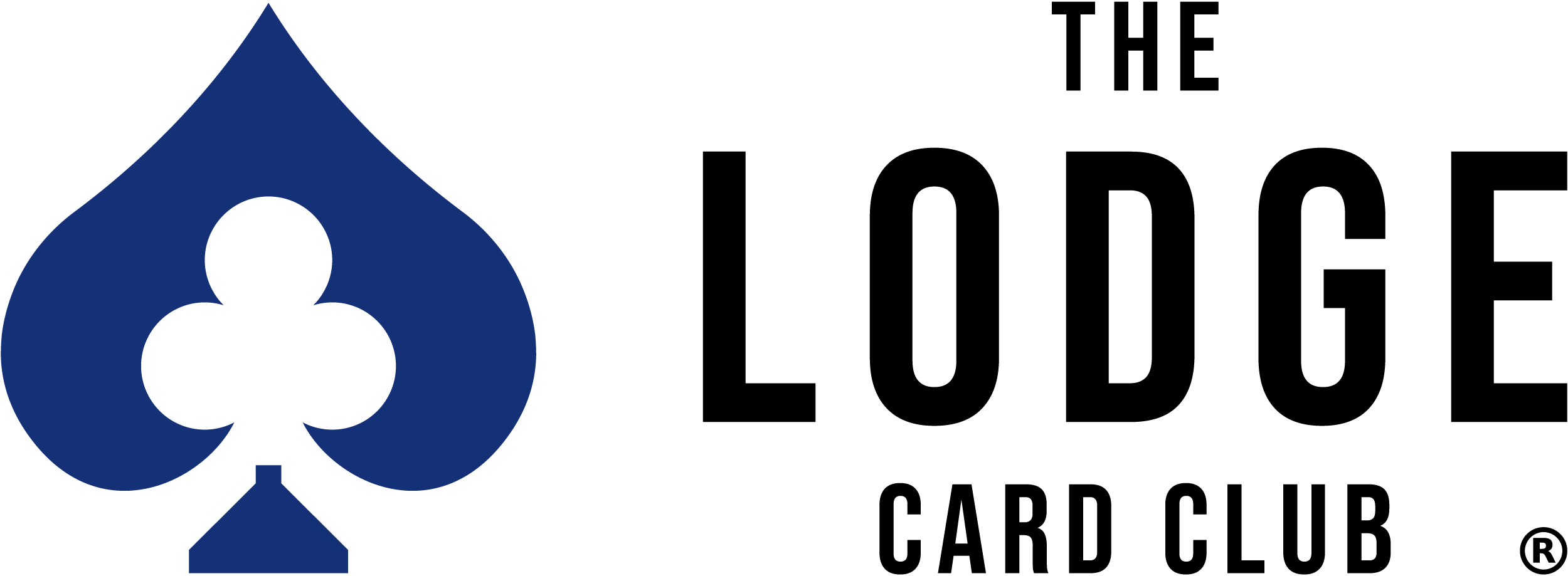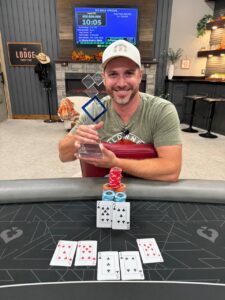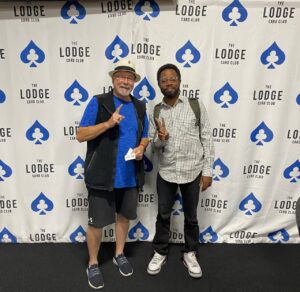A “poker face” is an attempt to keep one’s facial expression as neutral as possible in an attempt to disguise your true intentions at the poker table. Yes, it’s also true that Poker Face is a popular song by Lady Gaga, but to a poker player, a good poker face can be the difference between being a winner player or a losing player in any live game of poker.
Origin of Poker Face and Popular Usages – Poque Face Becomes Poker Face
The first variant of the term was probably used way back in the 18th century. In France, a popular gambling game was called Poque. Poque was a game that involved bluffing, meaning a poker face, or Poque Face, was a valuable asset. The word poque would turn into poker, as the game, and word, made it’s way around the world.
There is a thought that the use of poker face really grew from military personal. Because active military people are often faced with extremely difficult situations, they have developed a physical demeanor that doesn’t show what they are feeling inside.
Lady Gaga aside, the word poker face is arguably used by more non-poker players than poker players. In sports that involve conflict like boxing and MMA, the term poker face is used to describe a fighter that isn’t showing their fear or if they are injured. If a fighter is favoring an injury, you can bet their opponent will attack that weakness.
Even in day-to-day situations, like while jockeying for a raise or gaining better positions in a business deal, the word poker face is used.
Expanding on Poker Face
An expressionless face is certainly a very good start when it comes to describe what a good poker face is, but for a poker player, the term poker face can actually expand to the rest of your body. That means that while it’s important to think about what your face looks like when you are nervous, excited, scared, strong, weak, etc., it’s also important to think about what the rest of your body is doing (or not doing). Do you play with your chips only when you are bluffing? Do your shake or bounce your feet up and down when you are nervous? Do you avoid eye contact when you are bluffing? These are things that any half decent poker player is going to notice within just an orbit or two at a lower stakes game. Imagine how quick the successful players at a high-stakes game are going to pick-up on these physical tells.
Body Language
There’s lot of different thoughts on how to effectively portray your body language, as the dozens of books on the subject have been published throughout the years show. To oversimplify it, the way you choose to use your body language at the poker table is what works best for you. Like the definition of poker face, it may be best to pretend your body is a stonewall. But, for others, the totally opposite approach to body language may be most beneficial to them. If they are animated in everything they do, technically speaking they are practicing a good poker face because they aren’t giving anything away by acting the same exact way, no matter their action. In both a stonewall, and animated approach, it can be really hard to glean into a person’s thoughts.
Online Poker Face?
Of course, nobody can see your face when you are playing online, but there are certain tells that can help you become an even more successful player. Does a player bet a certain amount when he’s weak versus when he’s strong? Does he take a longer time to make decisions with his monster hands or does he act instantly? Does he only call all in with two overs and limp with monsters? These are things you can keep track of in the notes section.
Examples of Famous Poker Faces in Poker
Phil Ivey is the king of the emotionless expression. It’s virtually impossible to tell what Ivey is feeling at any time on the poker table. His face keeps the same blank expression whether he is in a cash game bluffing at a $200,000 pot, or making a standard raise in the first level of a lower buy-in event at a WSOP poker tournament. His straight face and neutral expression makes it nearly impossible to tell if he has a strong hand or a weak hand. This kind of poker face – with the body language to match – came from decades of high stakes cash games and tournaments, and has obviously worked well for him.
An example of a poker player on the animated side that has found tremendous success with his brand of “poker face” is Daniel Negreanu. Everything Negreanu says and does is also a result of decades of high stress play in the biggest cash games and poker games the world has to offer. His bantering, and facial expressions, are all well thought out in an attempt to gain valuable information from his opponents.
Again, both of these players have totally different styles and different types of poker faces, but both of them are almost synonymous with poker, particularly Texas Hold’em.
When you are ready to test your poker face at The Lodge, feel free to check out both our cash game and tournament game offerings:



